Natural Dye

Herbal Tea Leaves
Amchaka and Yonten Dem, a natural dye derived from herbal tea leaves, are sourced from community farmers in Punakha village. Grown at 1,200 meters above sea level, they produce an earthy, bronzish tone. These leaves are sustainable, eco-friendly, and valuable for natural dye enthusiasts and traditional craftsmanship.
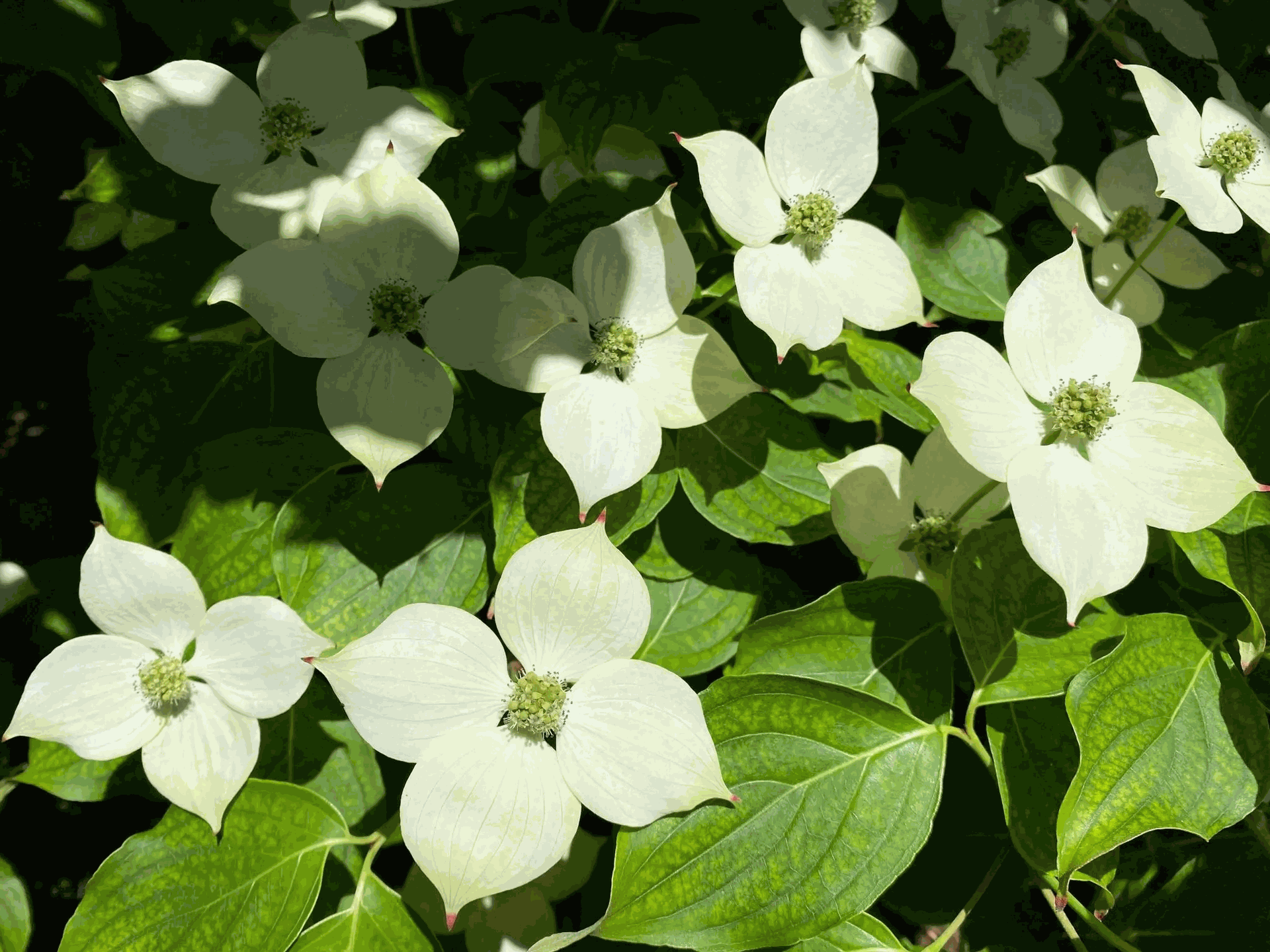
Wild Himalayan Dogwood
Wild Himalayan Dogwood, a high-altitude plant in Bhutan, produces a unique greyish-green dye and edible fruits. Its earthy tone is sought after for sustainable crafting and textile projects, offering eco-conscious connections to Bhutan's rich natural heritage.
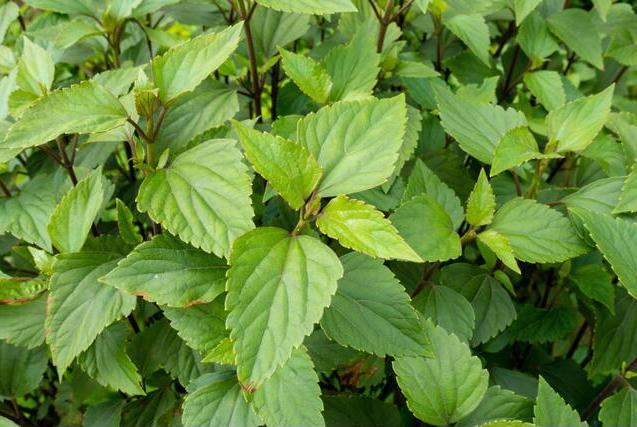
Karma Choki
The subtropical plant, native to warmer regions, has healing properties and is used as a natural blood stopper in Bhutanese communities. It also produces a natural dye, a soft, radiant yellow color, symbolizing tranquility and humility. The plant's regenerative nature and fade-resistant nature make it perfect for textile and craft work, symbolizing the cycle of renewal and sustainability. The plant's connection to nature and its people is timeless.
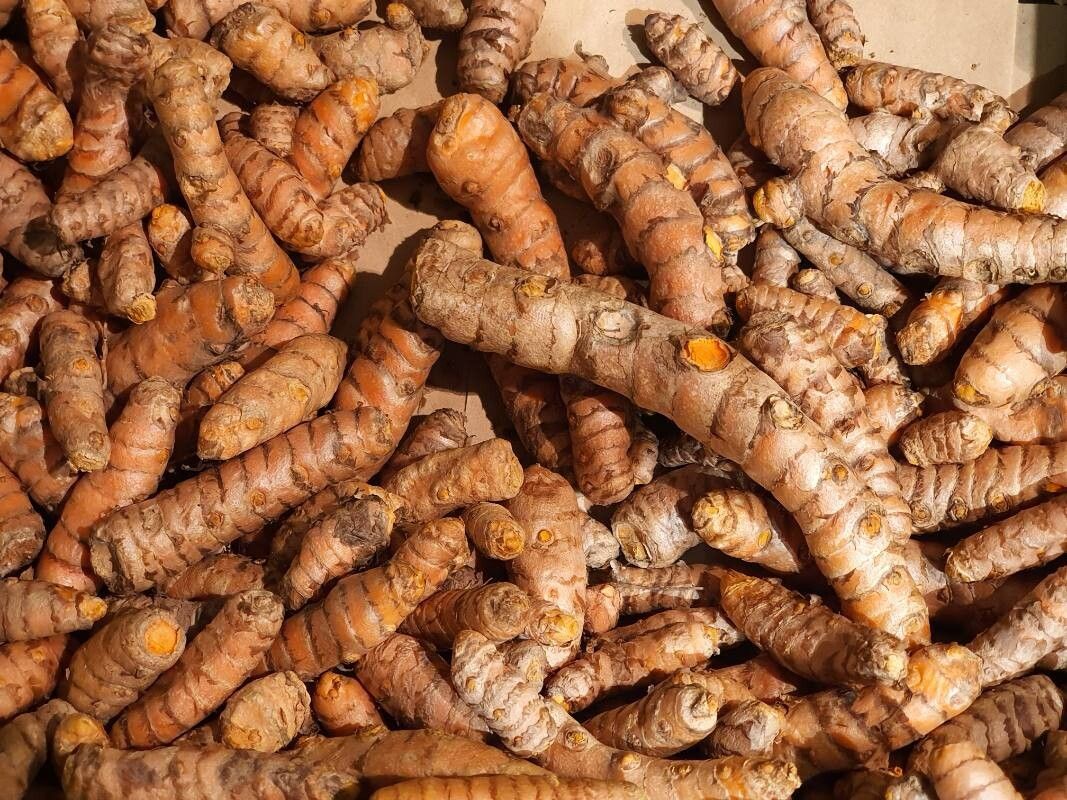
Himalayan Turmeric
Himalayan Turmeric, grown organically in Bhutan's mountainous foothills, symbolizes harmony between nature, community, and sustainability. Cultivated by local farmers using fresh water irrigation, it is known for its natural dyeing properties and medicinal benefits. The Green Weaving Centre supports traditional farming practices, ensuring the livelihoods of farmers and protecting biodiversity. The color yellow is considered auspicious and good luck in Bhutanese culture. The centre aims to empower local communities, conserve the environment, and create products that honor Bhutan's heritage and biodiversity.
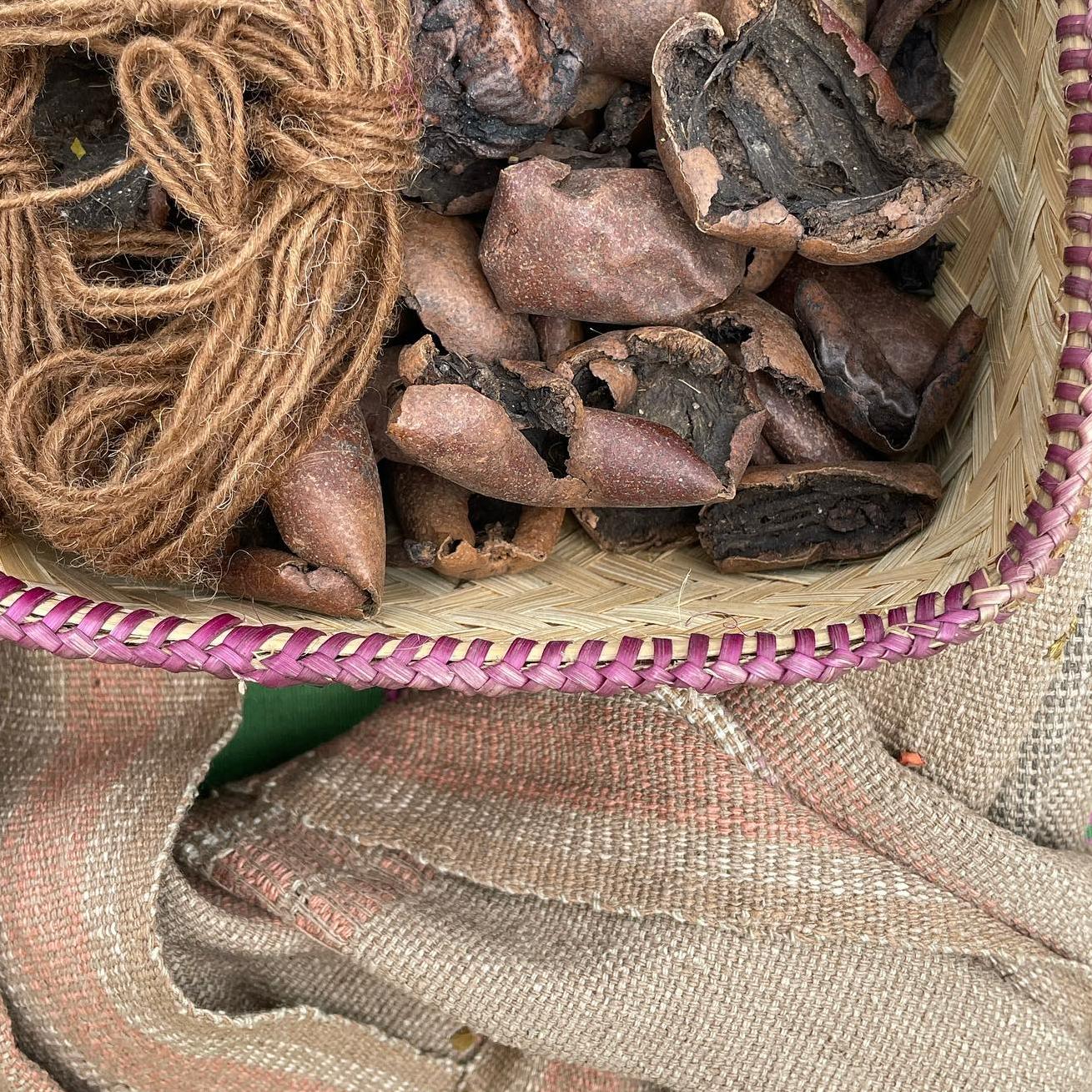
Wild Himalayan Walnut
The Persian Walnut, abundant in Bhutan, is a valuable natural dye source, with the husk of the fruit holding special significance in Bhutanese tradition. Bhutanese artisans have perfected a fermentation process using walnut husks, producing a deep, earthy brown hue. This dye is sustainable and eco-friendly, bonding with fibers without a mordant. The walnut is also valued for its timber, known for its strength, fine grain, and beautiful color, making it a treasured material in Bhutanese craft and textile traditions.
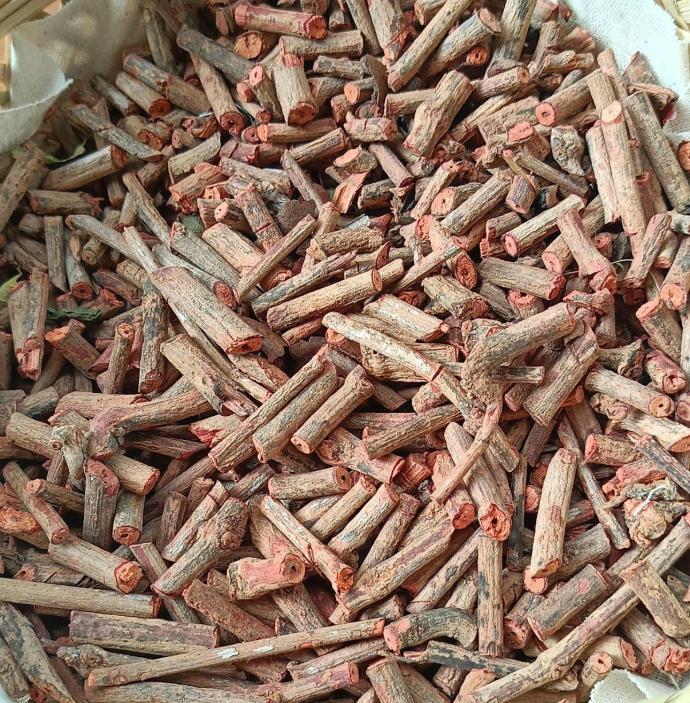
Himalayan Madder
The Himalayan Madder, a plant native to Eastern Bhutan, has been a significant cultural treasure for centuries. Growing in shaded areas, it produces brighter colors than those exposed to direct sunlight. The plant is used in dyeing eggs red during the annual Prew festival, symbolizing renewal and good fortune. The roots of the plant were also used in the ancient Silk Trade Route between Bhutan and Tibet, serving as a barter product and a means of exchange between distant lands and cultures. Today, the plant is recognized for its vibrant textiles and ceremonial practices, symbolizing the interconnected history of the Himalayan region.
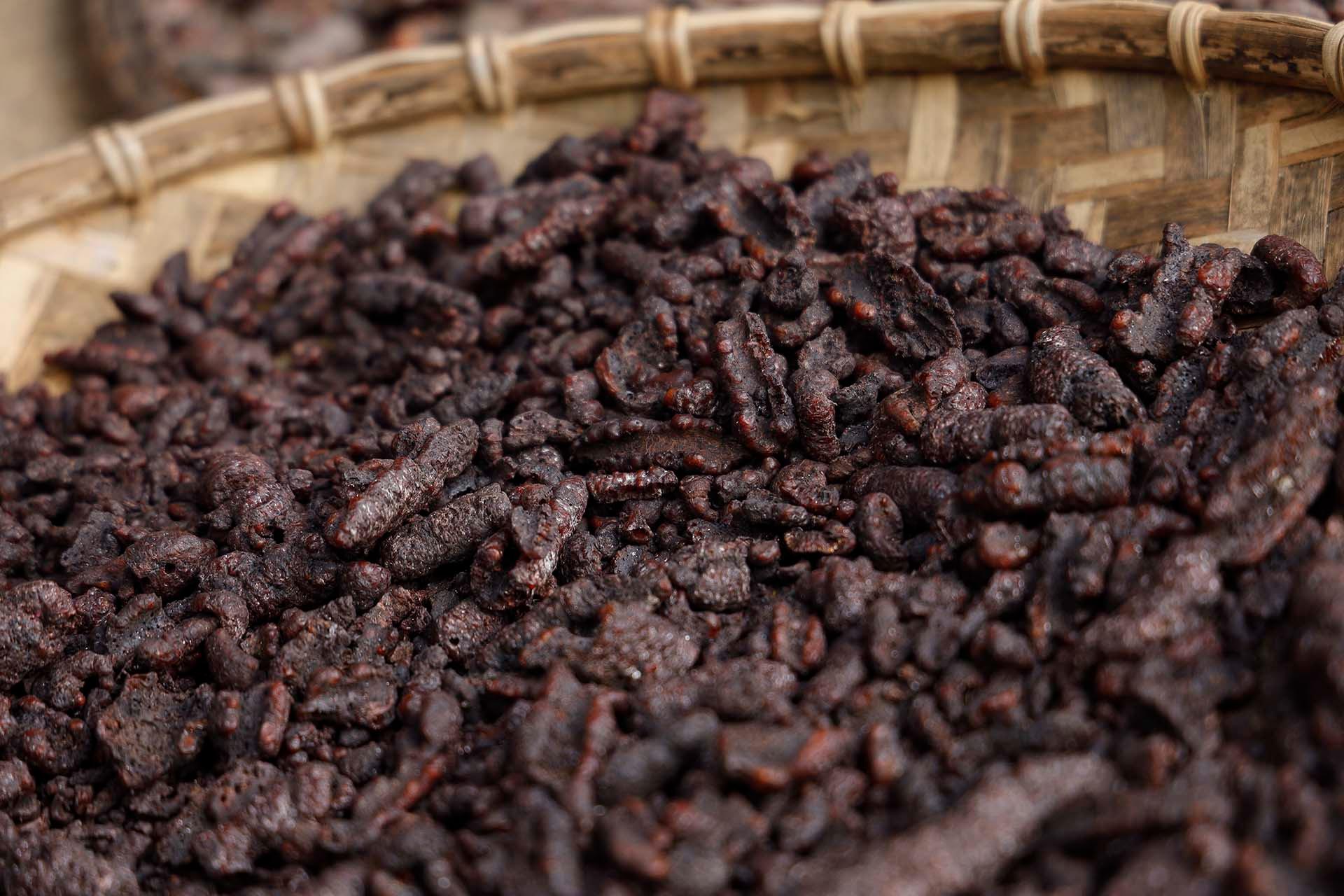
Lac Ja Tsho
Lac Natural Dye, a vibrant, eco-friendly colorant derived from the Kerria lacca insect resin, is found in India, Southeast Asia, Nepal, Burma, Bhutan, and South China. It produces a range of colors, including crimsons, burgundy reds, and deep purples, and is known for its lightness and washfastness on fibers like silk and wool. It's a popular choice for artisans seeking sustainable, richly pigmented textile hues.